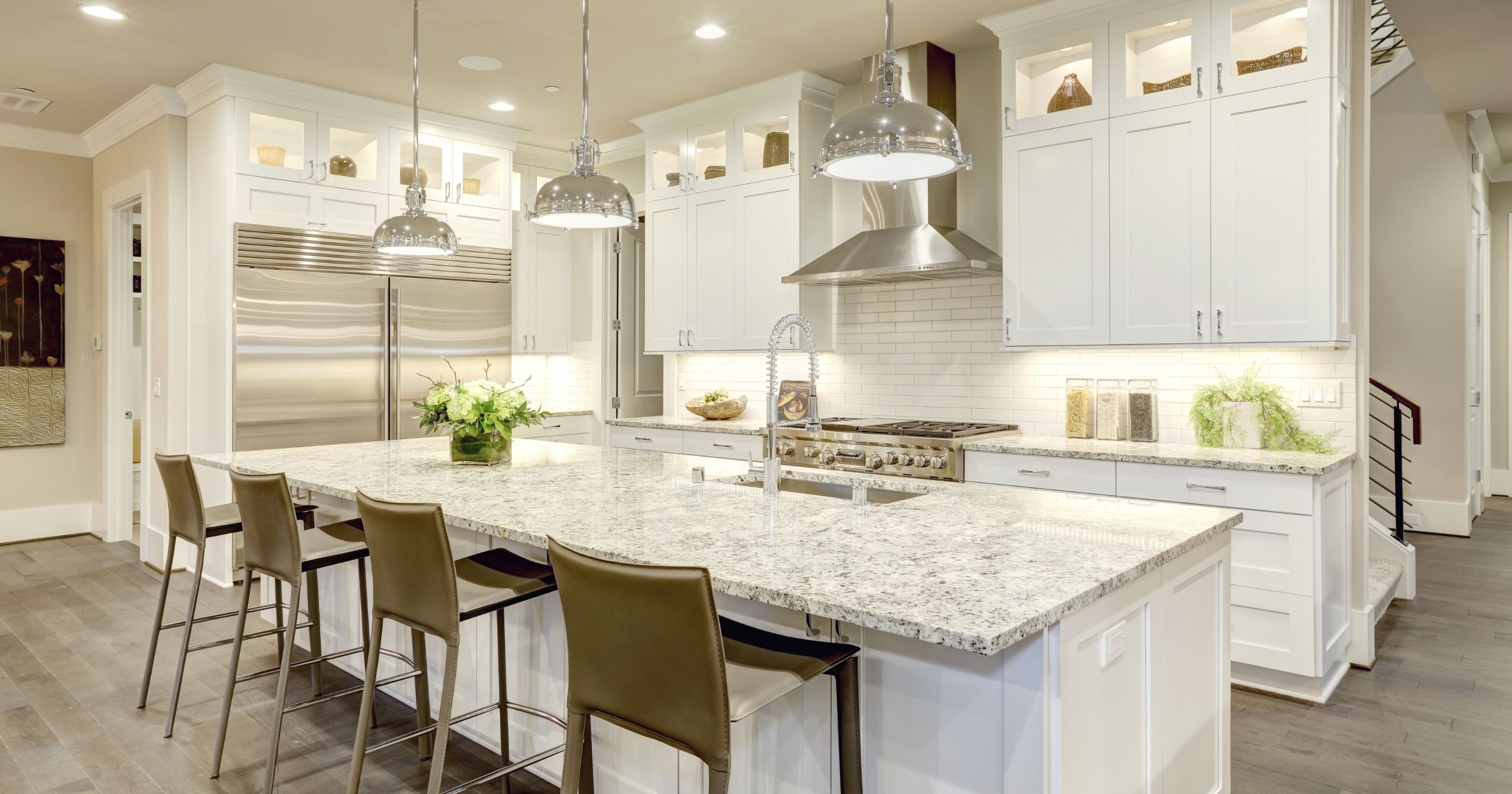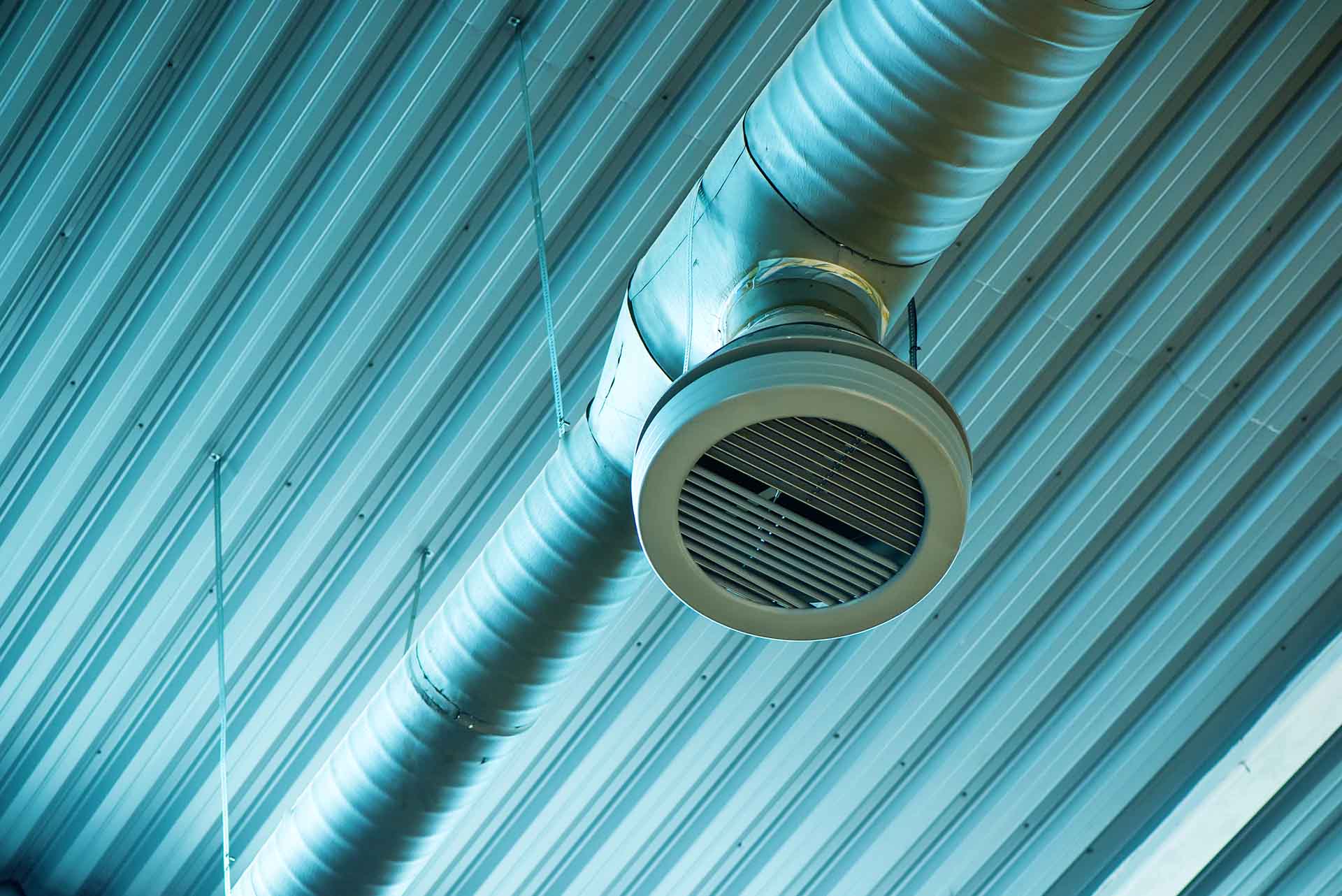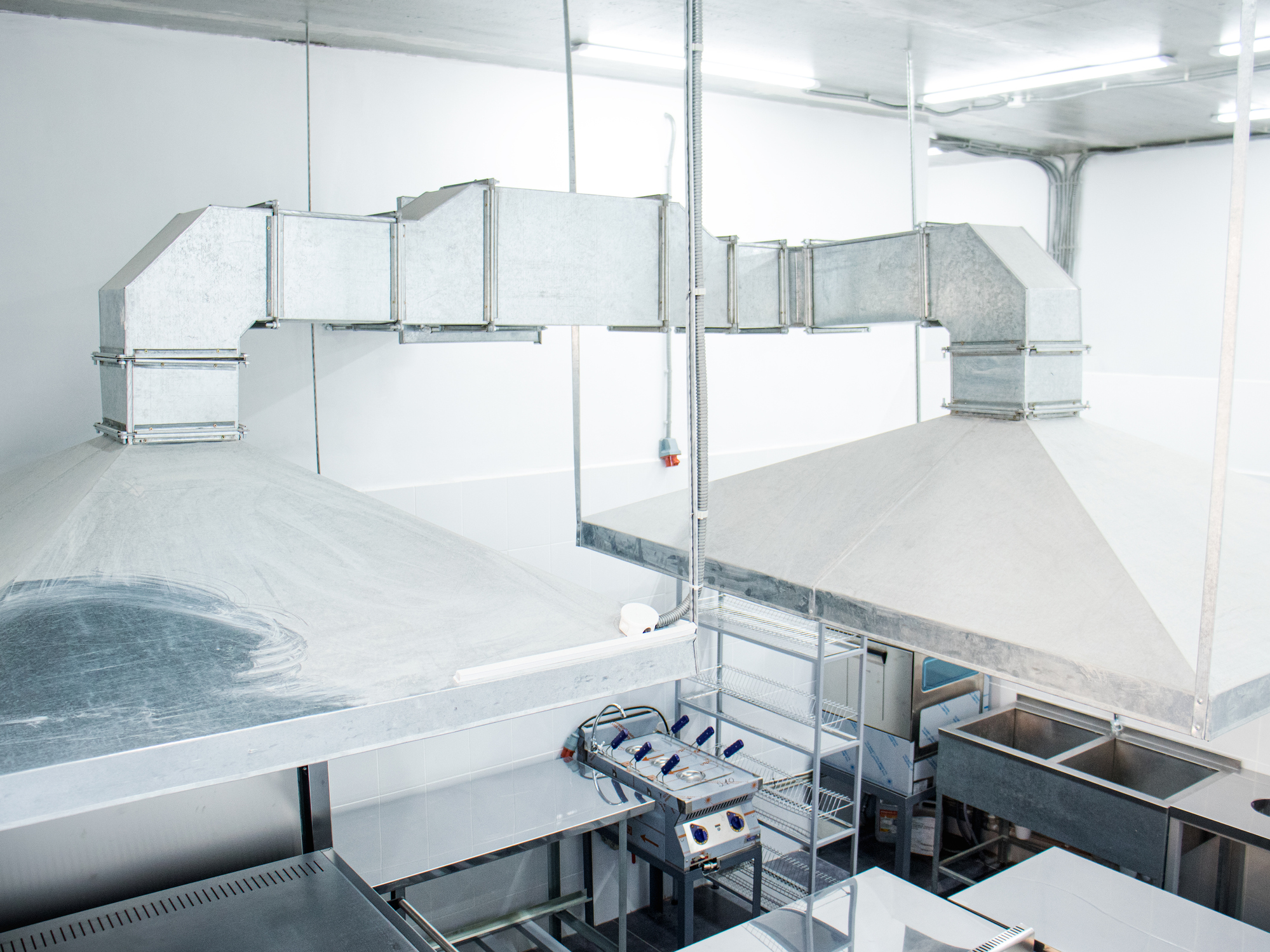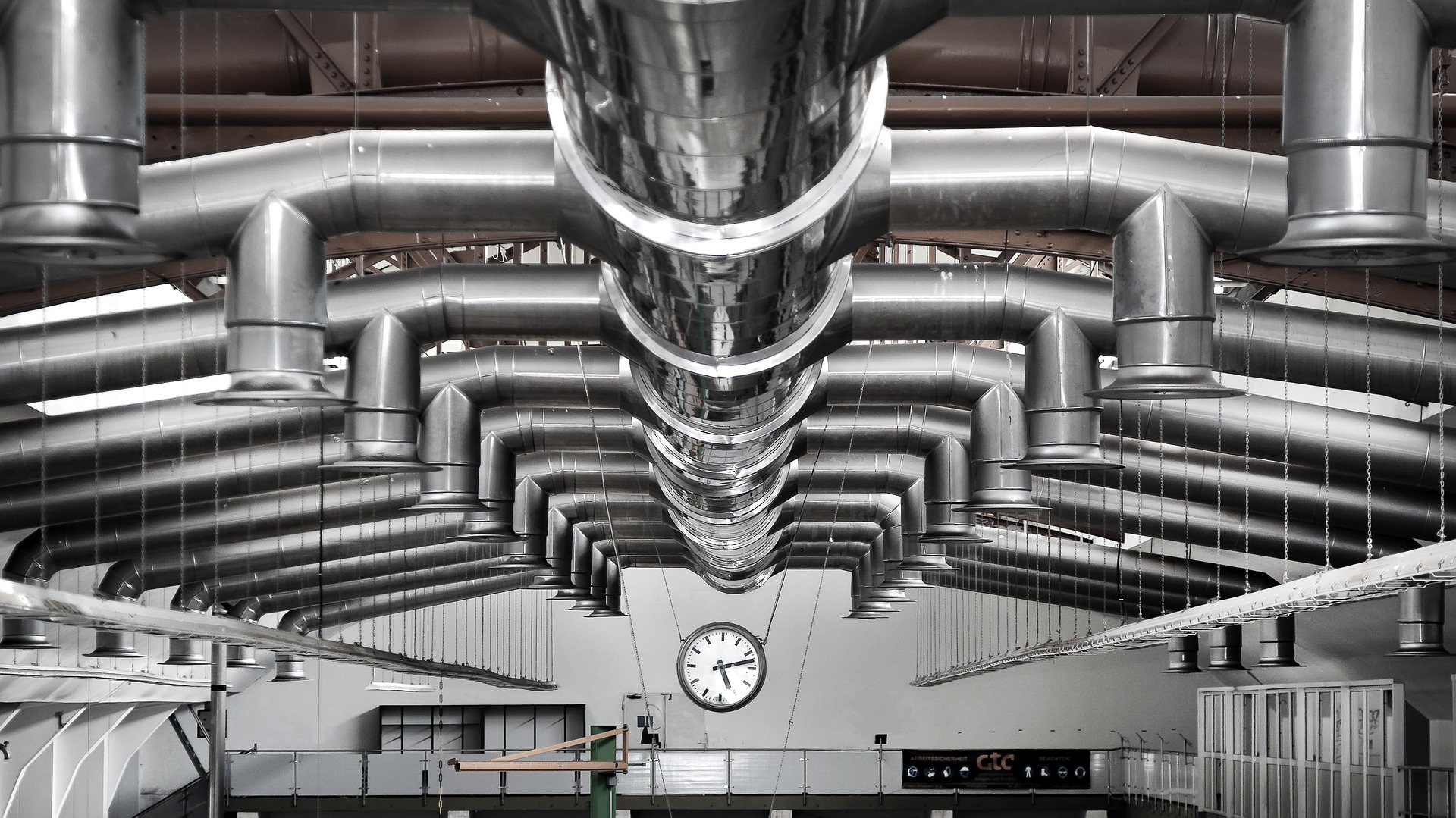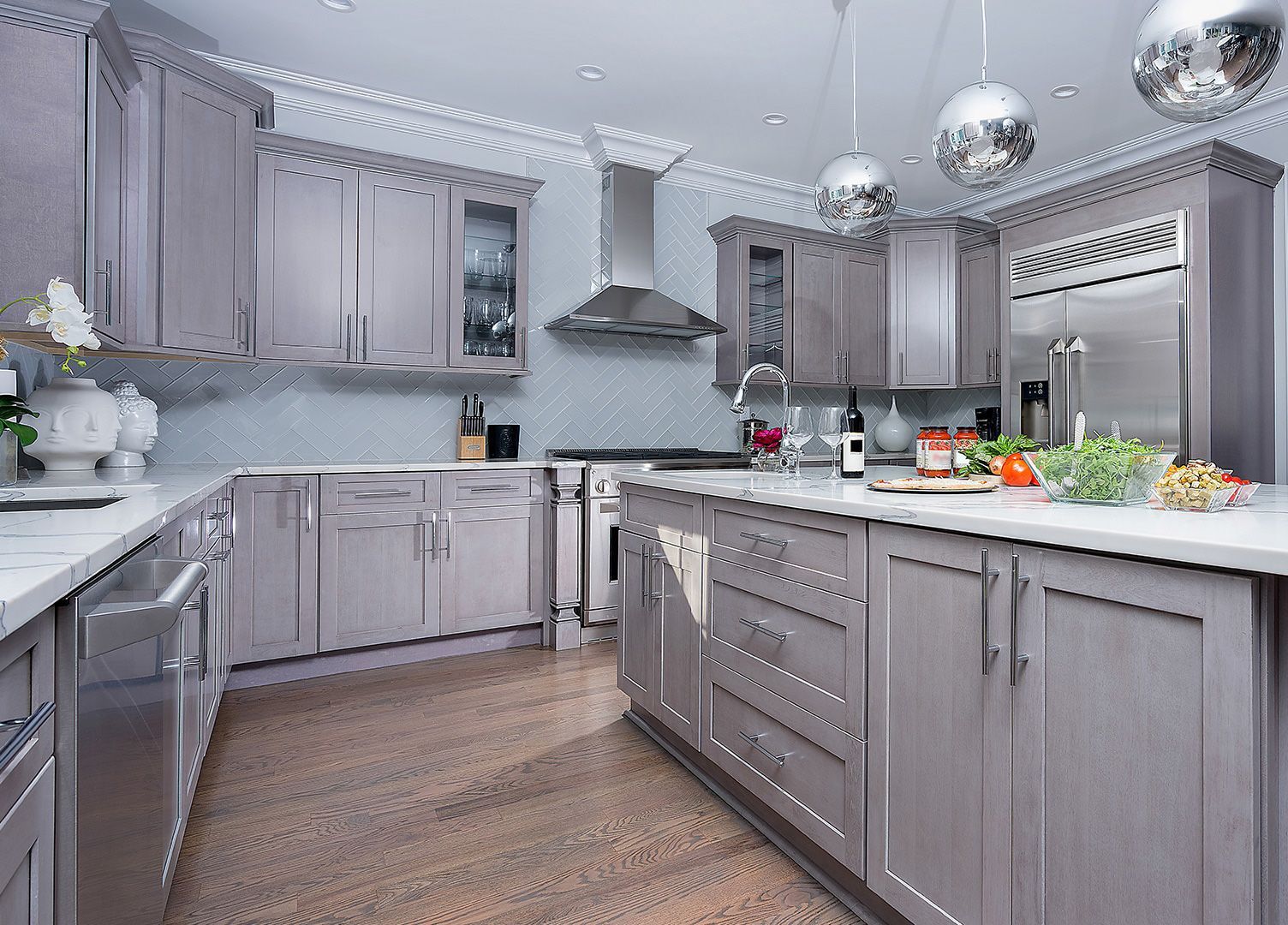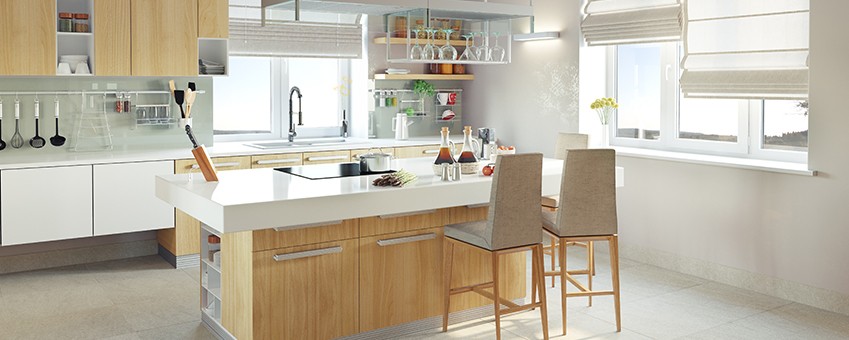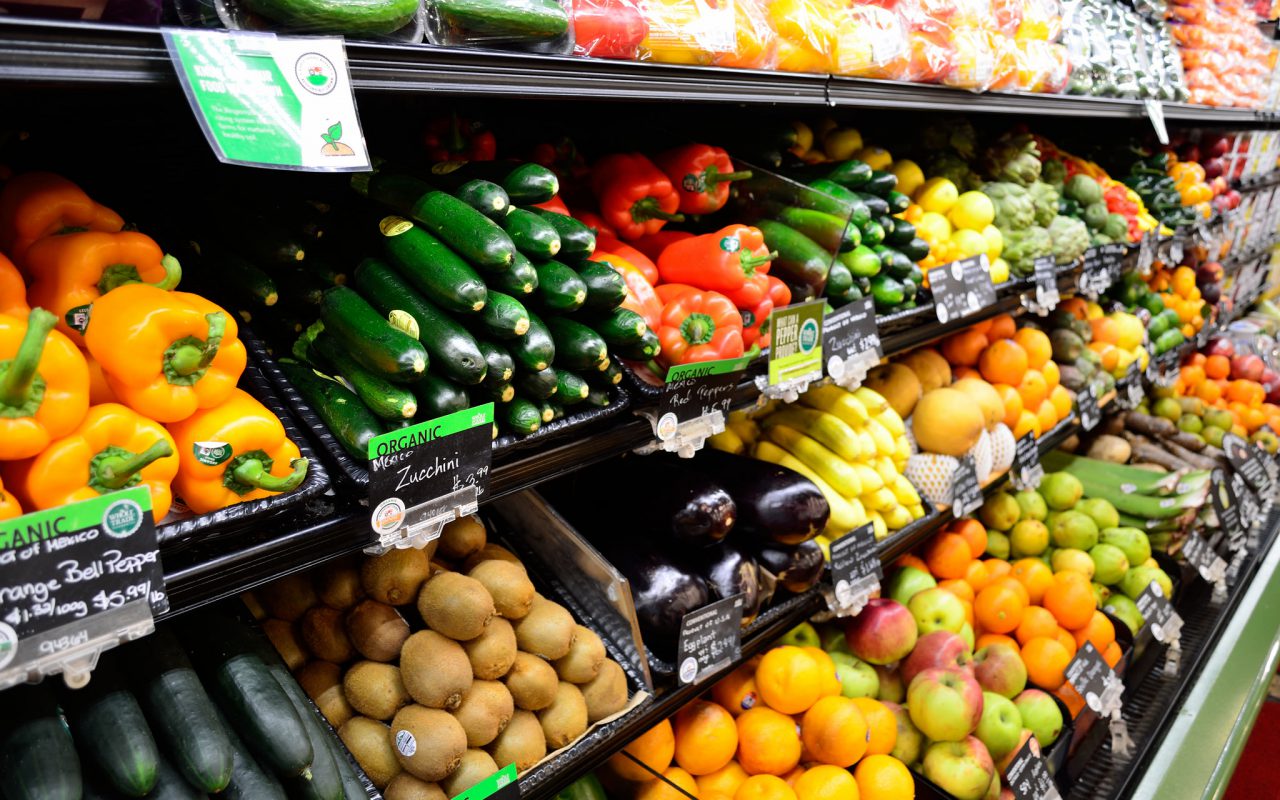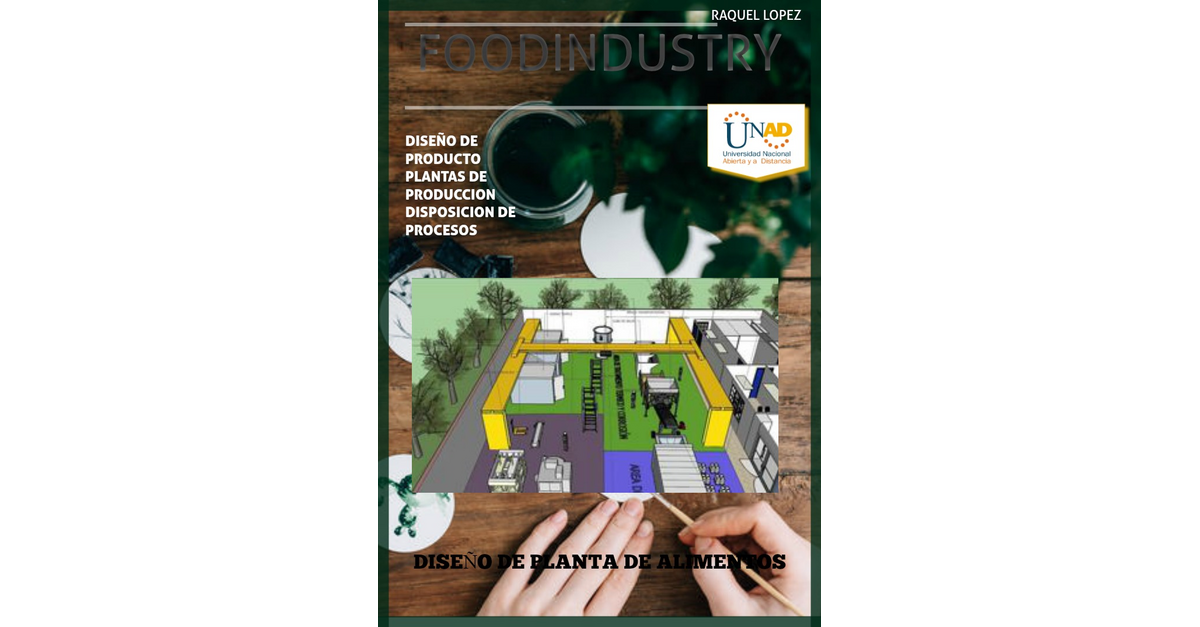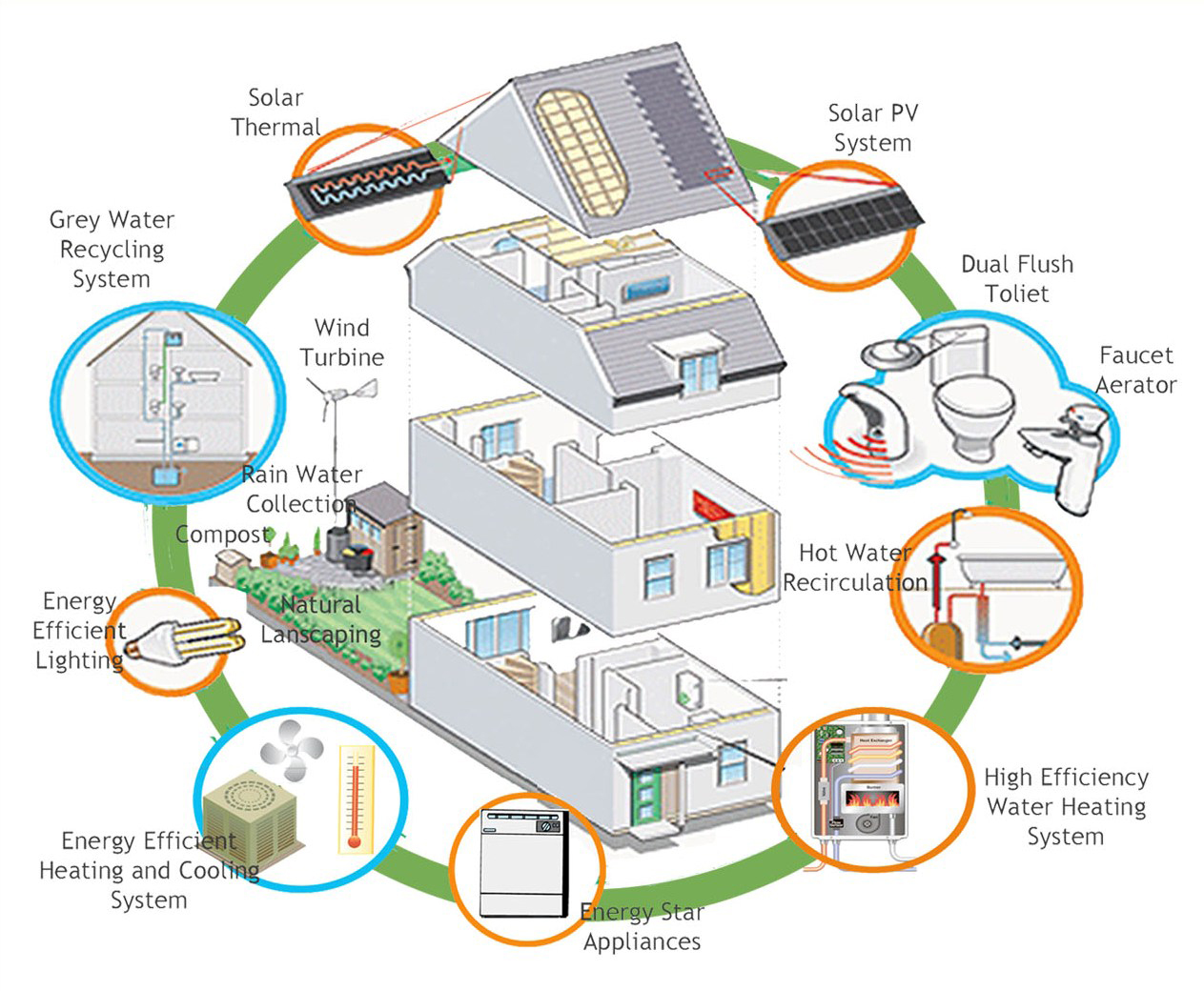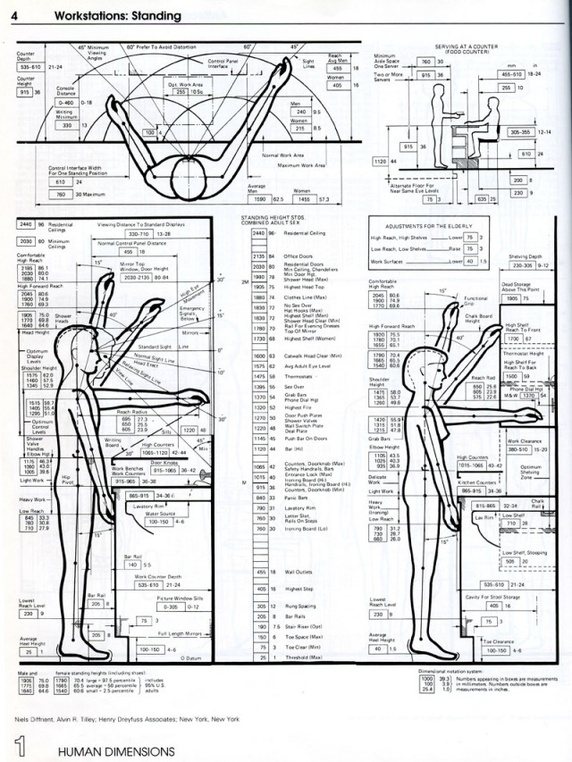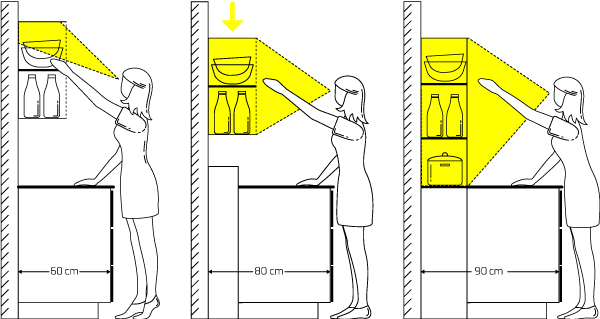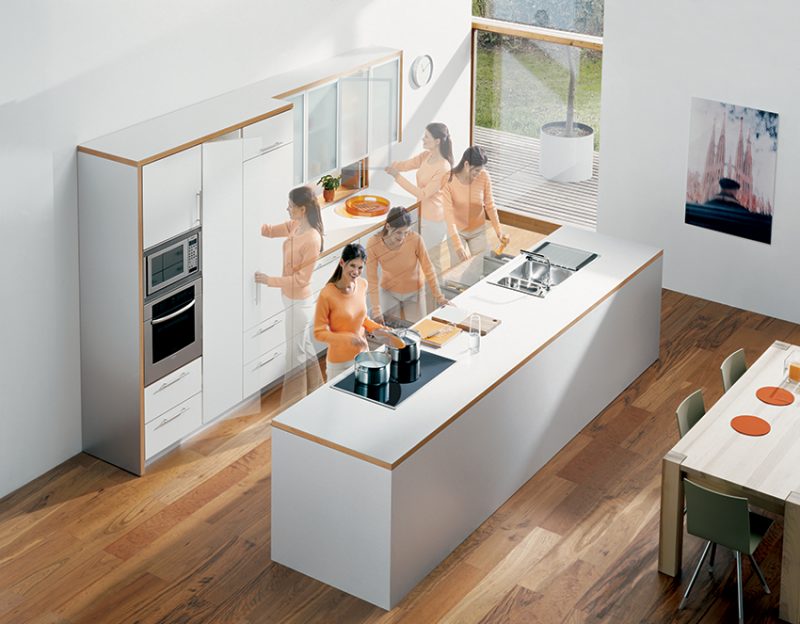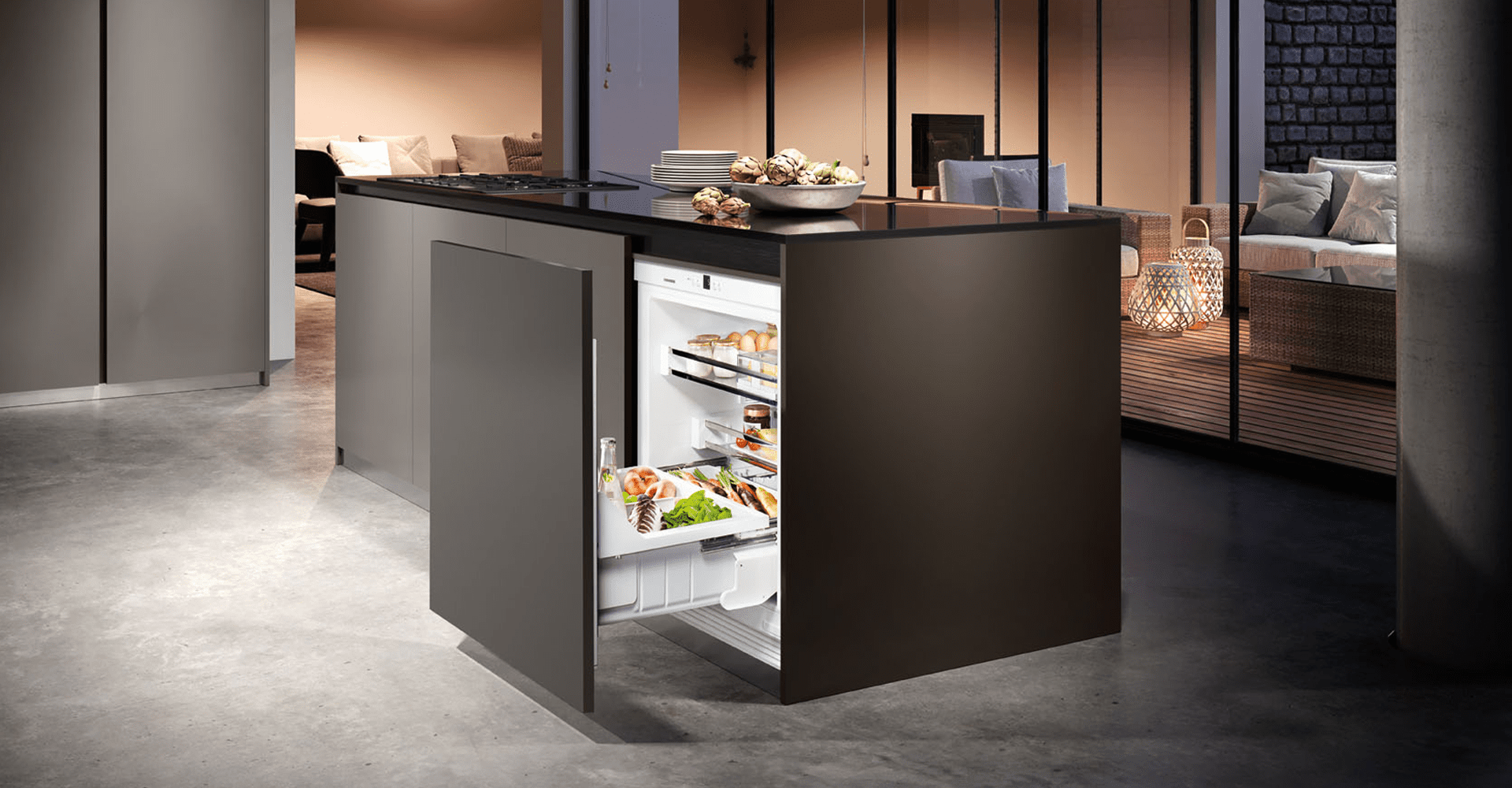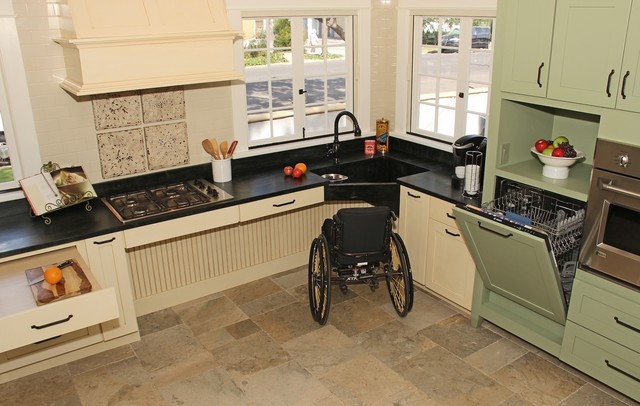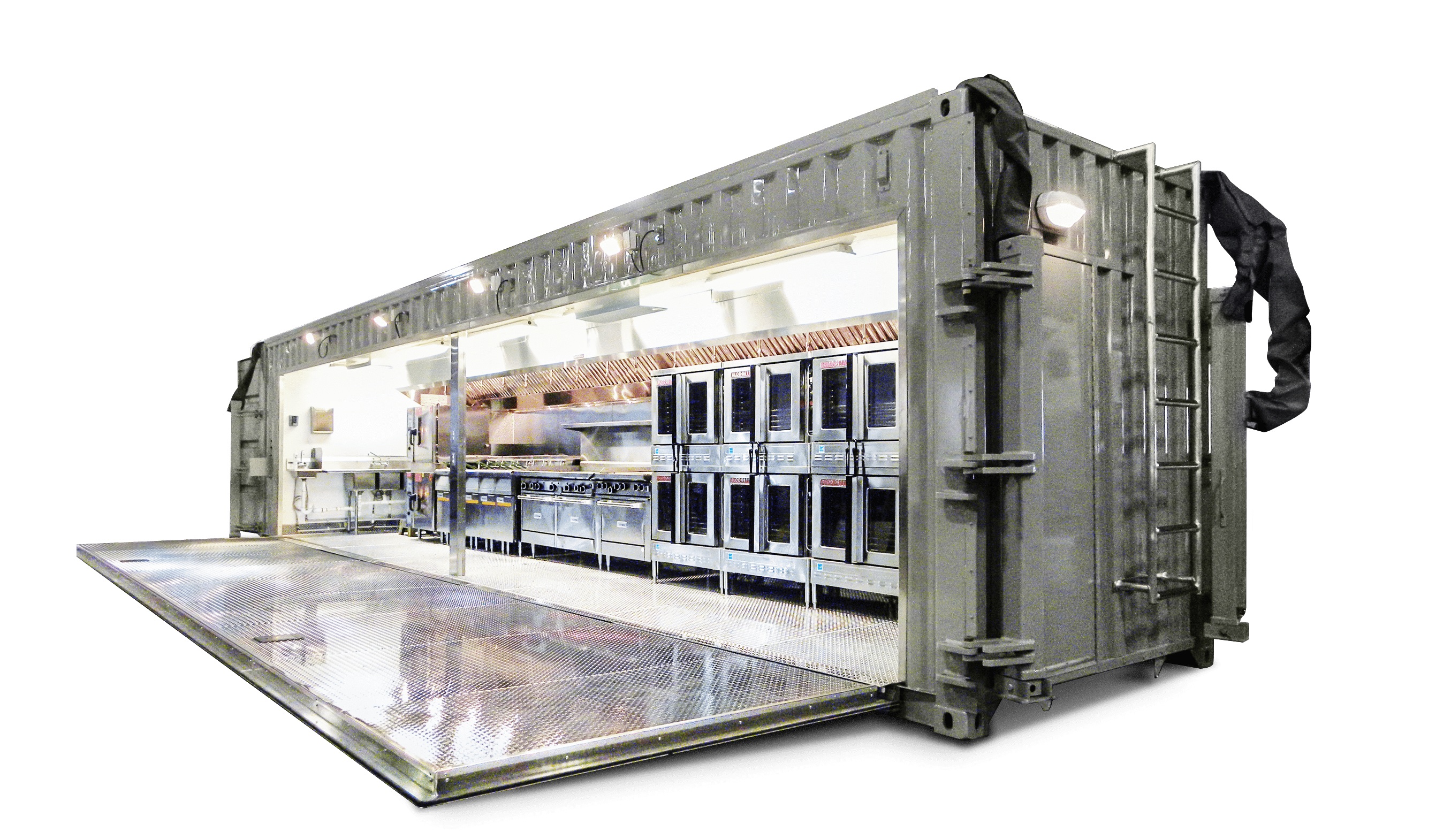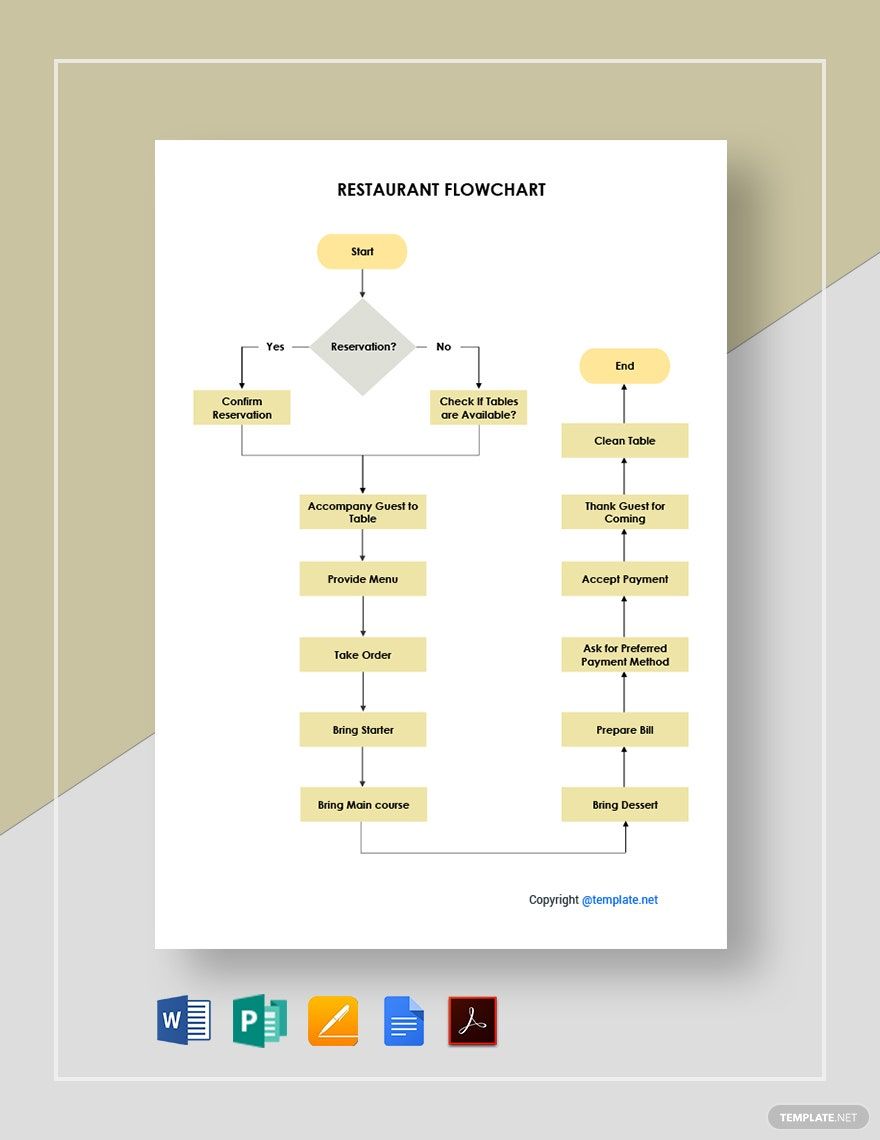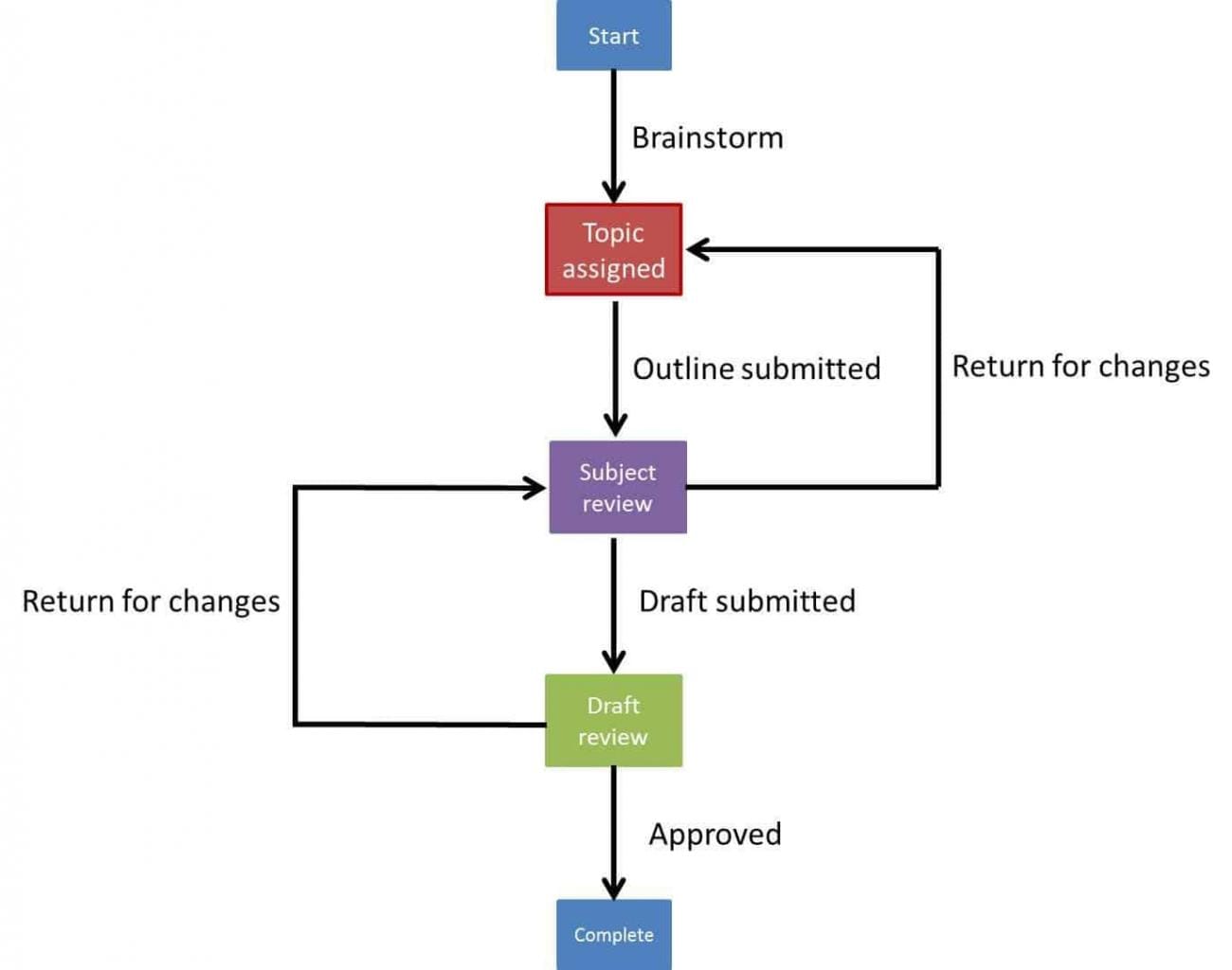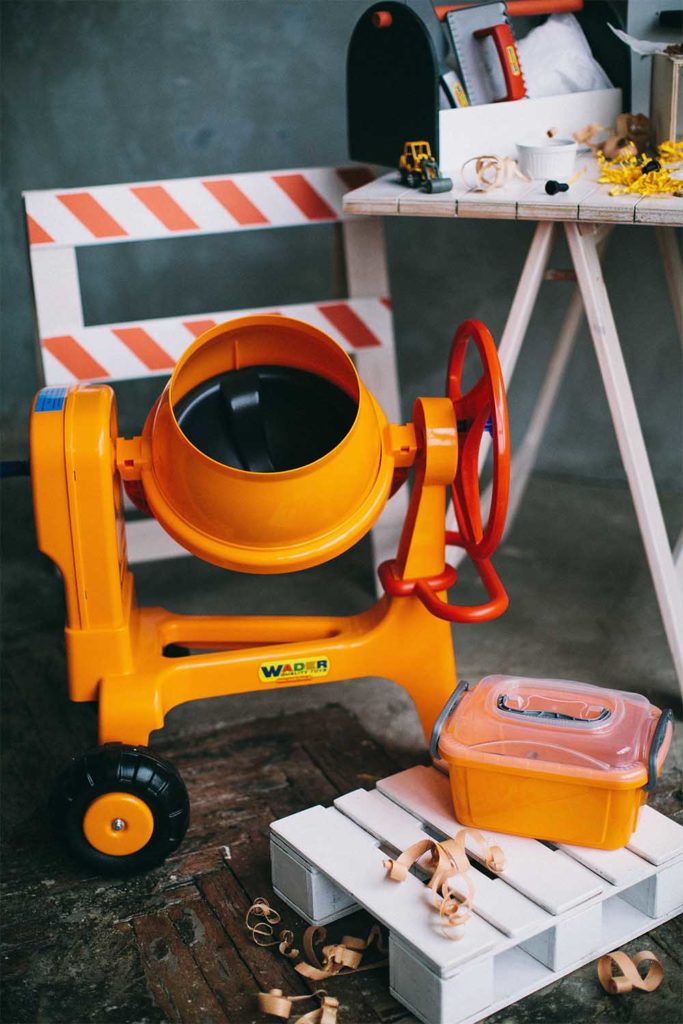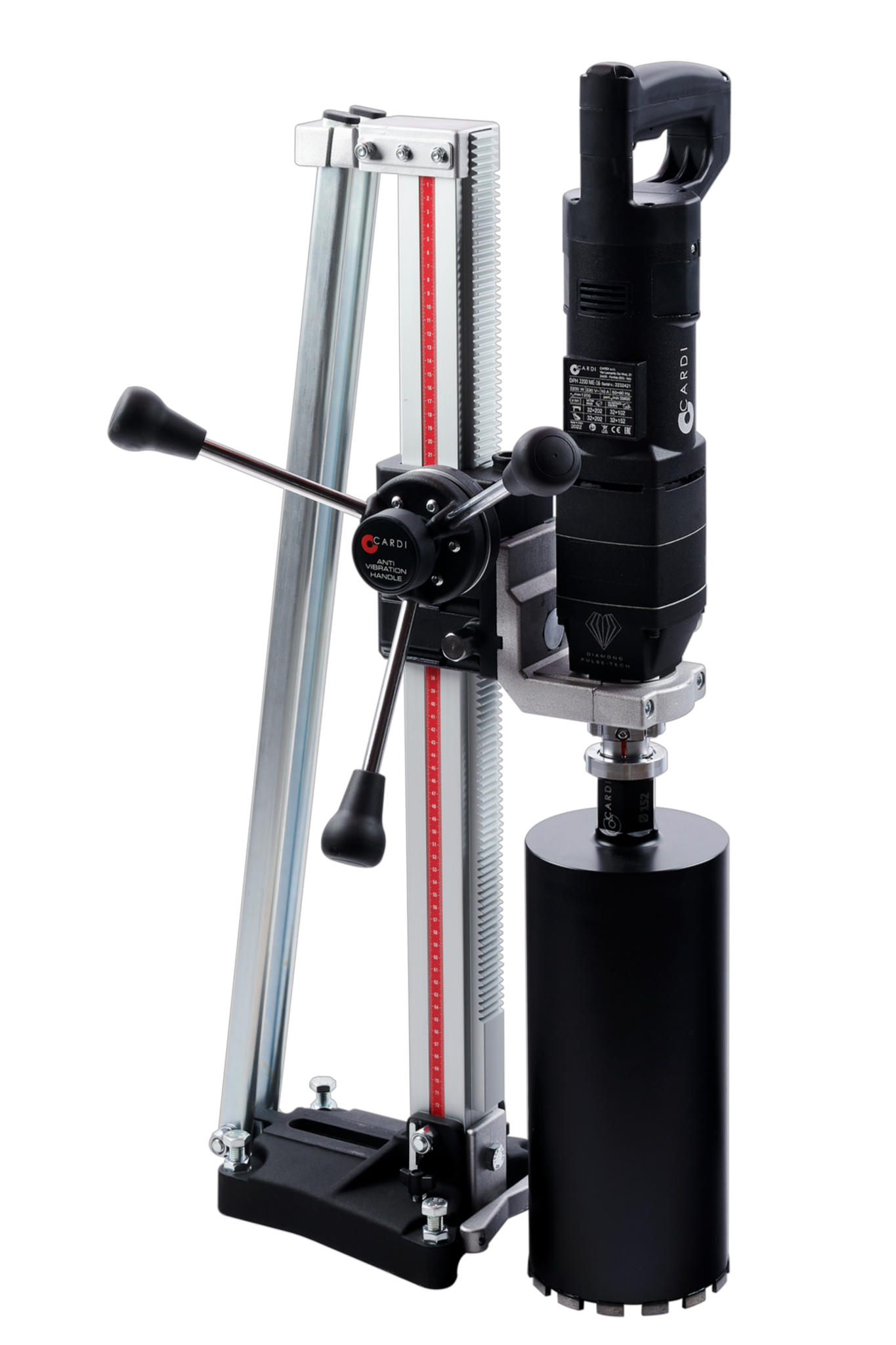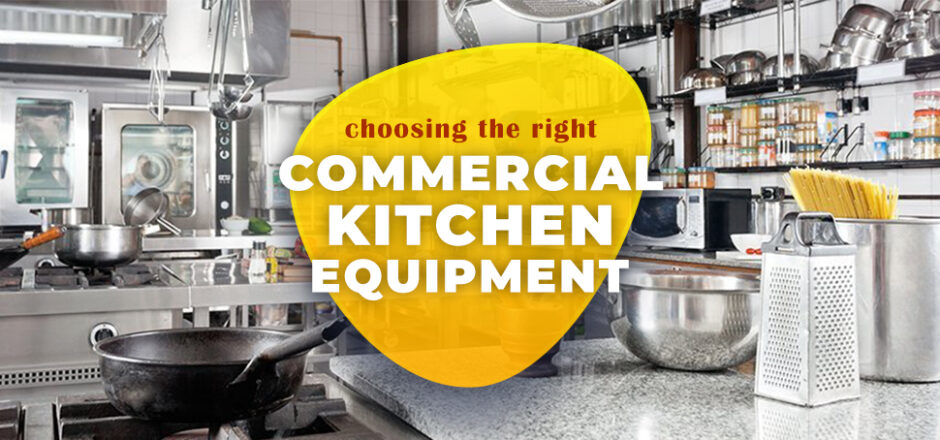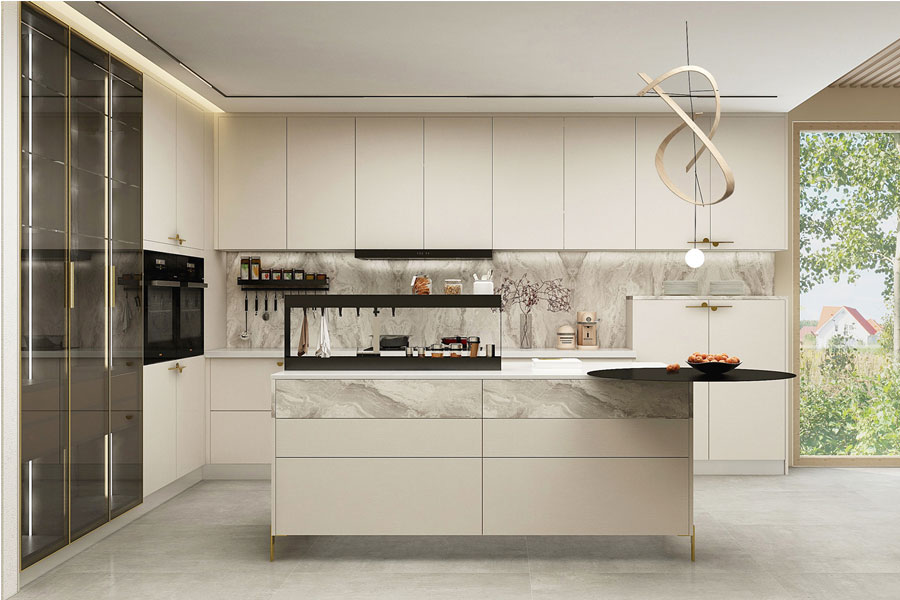Designing an Institutional Kitchen: 10 Key Factors to Consider
When it comes to designing an institutional kitchen, there are many important factors to consider. This is not your typical kitchen in a residential home, but rather a space that will be used to prepare food on a large scale for a variety of purposes. Whether it's a school cafeteria, a hospital kitchen, or a restaurant, the design of an institutional kitchen plays a crucial role in its functionality and efficiency. Here are 10 key factors that should be taken into account when designing an institutional kitchen.
The Importance of Proper Ventilation in Institutional Kitchen Design
In any kitchen, proper ventilation is crucial for maintaining a safe and healthy environment. This is even more important in an institutional kitchen where large amounts of food are being prepared and cooked. Without proper ventilation, the kitchen can quickly become hot, stuffy, and filled with smoke and steam. This not only makes it uncomfortable for the kitchen staff, but also poses a potential health hazard. Investing in a good ventilation system is essential for an institutional kitchen to ensure the safety and well-being of those working in it.
Maximizing Space Efficiency in Institutional Kitchen Design
Institutional kitchens are often busy and fast-paced environments, with many people working together to prepare and serve food. That's why it's important to make the most of the available space. Designing an efficient layout that allows for easy movement and minimizes unnecessary steps can greatly improve the workflow and productivity in an institutional kitchen. This includes strategically placing equipment and workstations to create a smooth and organized flow.
Designing for Food Safety in Institutional Kitchens
Food safety is of utmost importance in any kitchen, but it's especially crucial in an institutional setting where food is being prepared for a large number of people. Designing the kitchen with food safety in mind involves implementing proper storage, preparation, and cleaning practices, as well as ensuring the kitchen meets all health and safety standards. This not only protects the health of those consuming the food, but also reduces the risk of foodborne illnesses and potential legal issues.
Incorporating Energy Efficiency into Institutional Kitchen Design
With the rising costs of energy, it's important to consider energy efficiency when designing an institutional kitchen. This includes choosing energy-efficient equipment and lighting, as well as incorporating design elements that can help reduce energy consumption. Investing in energy-efficient options not only helps reduce operating costs, but also contributes to a more sustainable and environmentally-friendly kitchen.
The Role of Ergonomics in Institutional Kitchen Design
The kitchen staff in an institutional kitchen spend long hours on their feet, performing physically demanding tasks. That's why it's important to consider ergonomics when designing the space. By incorporating ergonomic design principles, such as adjustable workstations and proper lighting, you can help reduce the risk of injuries and strains for the kitchen staff. This not only promotes their well-being, but also improves their productivity and efficiency.
Designing for Accessibility in Institutional Kitchens
An often overlooked aspect of kitchen design is accessibility, yet it's crucial for creating a safe and inclusive environment. Designing an institutional kitchen to be accessible for people with disabilities or mobility impairments not only meets legal requirements, but also ensures that everyone can work comfortably and efficiently in the kitchen. This can include features such as lower countertops, wider aisles, and accessible storage options.
Creating a Functional Workflow in Institutional Kitchen Design
As mentioned earlier, the layout and flow of an institutional kitchen is crucial for its overall efficiency. Creating a functional workflow involves carefully considering the placement of equipment and workstations, as well as the flow of traffic in the kitchen. This ensures that tasks can be completed in an organized and timely manner, minimizing the risk of errors and delays.
Choosing the Right Equipment for an Institutional Kitchen
An institutional kitchen requires a lot of equipment to function, from large ovens and stoves to commercial refrigerators and freezers. When designing the kitchen, it's important to carefully consider the type and size of equipment needed for the specific functions of the kitchen. In addition, choosing equipment that is durable, energy-efficient, and easy to maintain can greatly impact the overall efficiency and success of the kitchen.
Designing for Durability and Maintenance in Institutional Kitchens
Lastly, an institutional kitchen needs to be designed with durability and maintenance in mind. Since this is a high-traffic and high-volume environment, the materials used in the kitchen should be able to withstand heavy use and frequent cleaning. This not only ensures the longevity of the kitchen, but also reduces the need for frequent repairs and replacements.
In conclusion, designing an institutional kitchen requires careful consideration of many factors to create a safe, efficient, and functional space. By incorporating these 10 key factors into the design process, you can ensure that the kitchen meets all necessary requirements and promotes a smooth and successful operation.
Creating a Functional and Efficient Institutional Kitchen

The Importance of Proper Kitchen Design
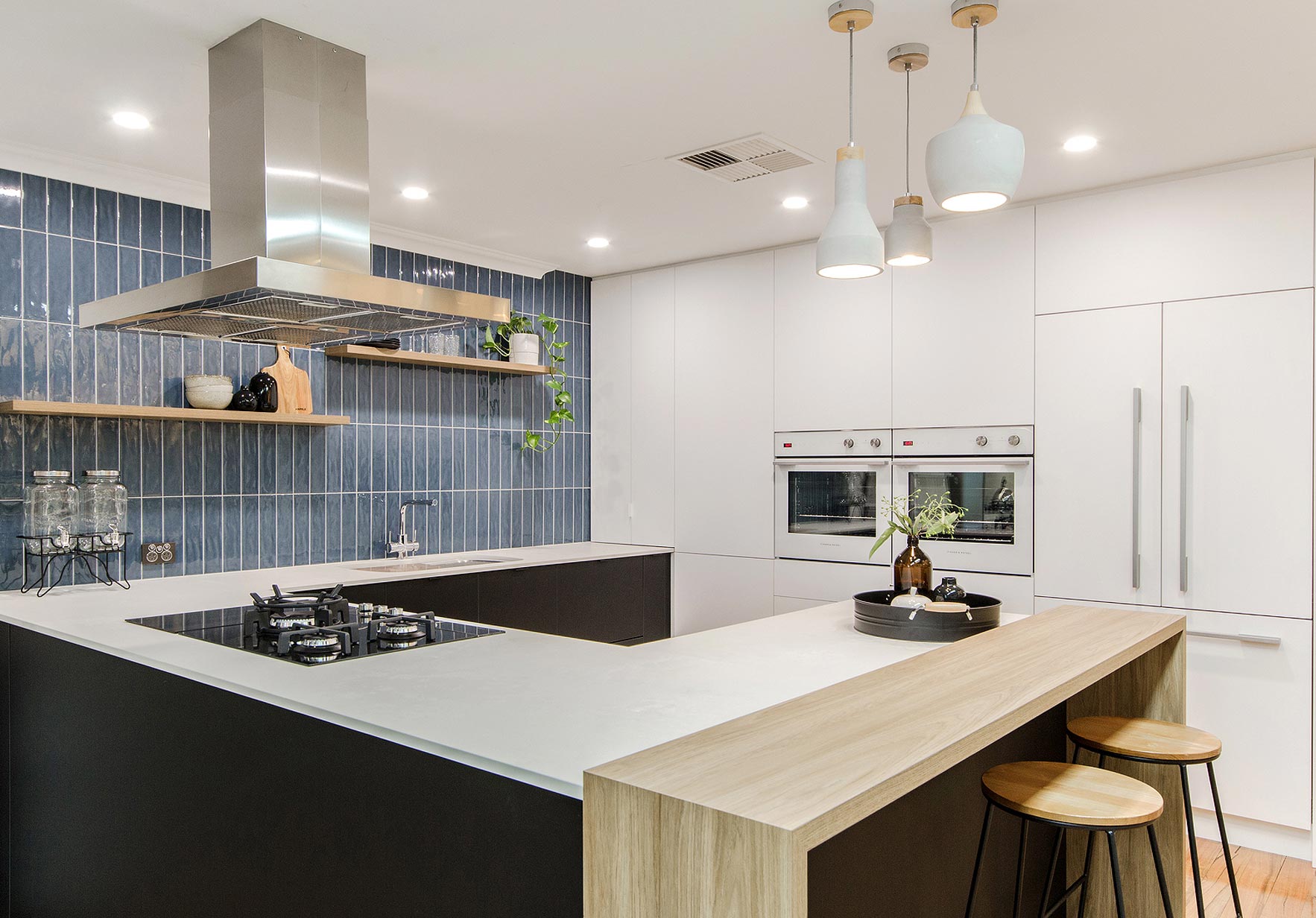 When it comes to designing an
institutional kitchen
, functionality and efficiency should be the top priorities. A well-designed kitchen not only allows for smooth operations but also ensures the safety and quality of food being prepared. Whether it's a restaurant, school cafeteria, or hospital kitchen, the layout and equipment used can greatly impact the overall performance of the establishment.
When it comes to designing an
institutional kitchen
, functionality and efficiency should be the top priorities. A well-designed kitchen not only allows for smooth operations but also ensures the safety and quality of food being prepared. Whether it's a restaurant, school cafeteria, or hospital kitchen, the layout and equipment used can greatly impact the overall performance of the establishment.
Understanding the Needs of the Institution
 Before diving into the actual design process, it's important to
understand the specific needs
of the institution. This includes the type of food being prepared, the number of people being served, and any dietary restrictions or special equipment requirements. By having a clear understanding of these factors, a more tailored and efficient kitchen design can be created.
Before diving into the actual design process, it's important to
understand the specific needs
of the institution. This includes the type of food being prepared, the number of people being served, and any dietary restrictions or special equipment requirements. By having a clear understanding of these factors, a more tailored and efficient kitchen design can be created.
Optimizing the Kitchen Layout
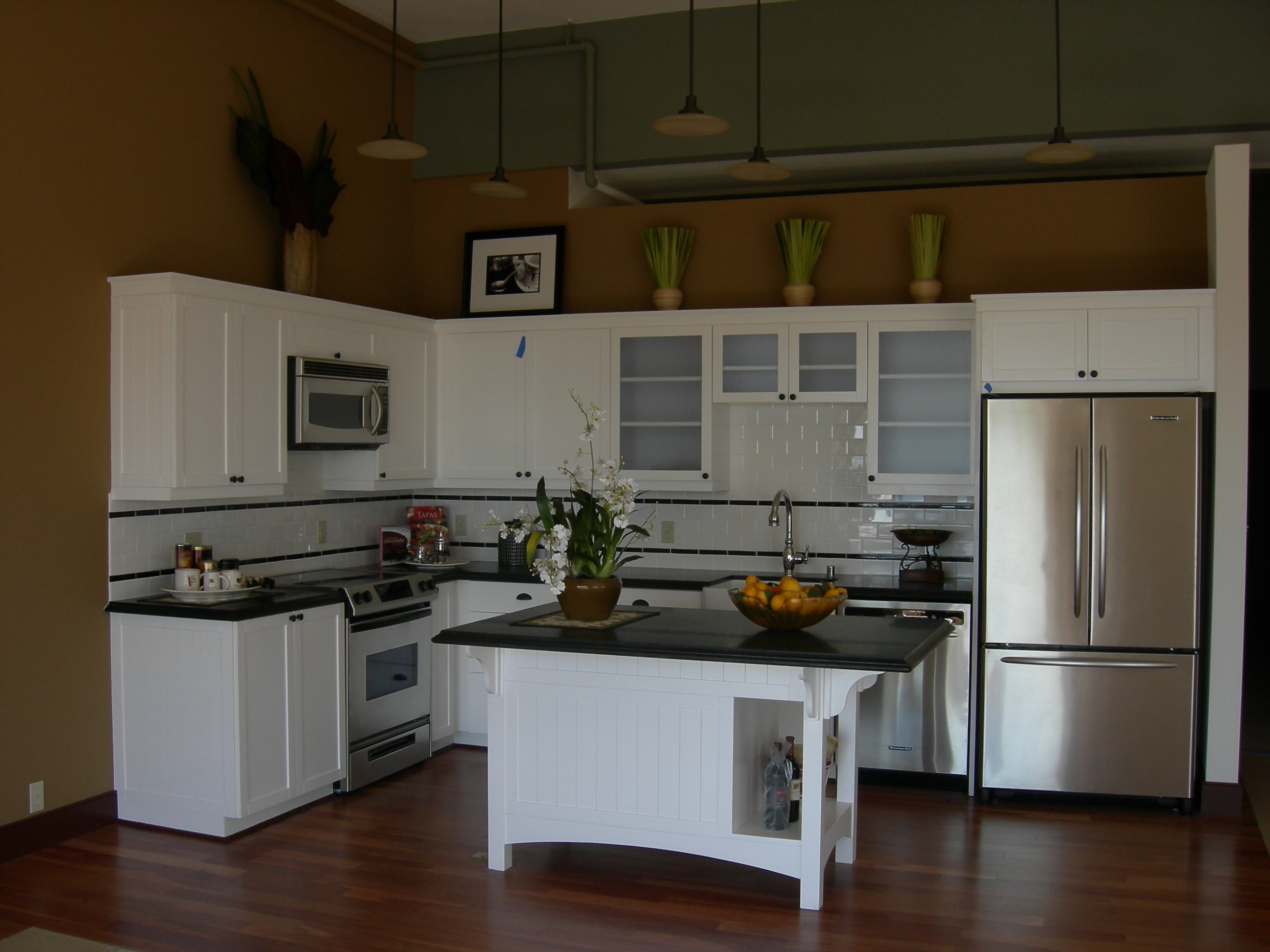 One of the key elements in designing an institutional kitchen is the layout. The
optimal layout
should allow for a smooth flow of traffic and minimize any potential hazards. This can be achieved by separating the different areas of food preparation, such as storage, cooking, and washing, while also ensuring that essential equipment and supplies are easily accessible.
One of the key elements in designing an institutional kitchen is the layout. The
optimal layout
should allow for a smooth flow of traffic and minimize any potential hazards. This can be achieved by separating the different areas of food preparation, such as storage, cooking, and washing, while also ensuring that essential equipment and supplies are easily accessible.
Choosing the Right Equipment
 The type and quality of equipment used in an institutional kitchen can greatly impact its efficiency. It's important to
invest in high-quality and durable equipment
that can withstand the demands of a commercial kitchen. Additionally, consider the size and energy efficiency of the equipment to ensure it fits within the kitchen layout and doesn't cause unnecessary costs in the long run.
The type and quality of equipment used in an institutional kitchen can greatly impact its efficiency. It's important to
invest in high-quality and durable equipment
that can withstand the demands of a commercial kitchen. Additionally, consider the size and energy efficiency of the equipment to ensure it fits within the kitchen layout and doesn't cause unnecessary costs in the long run.
Ensuring Safety and Hygiene
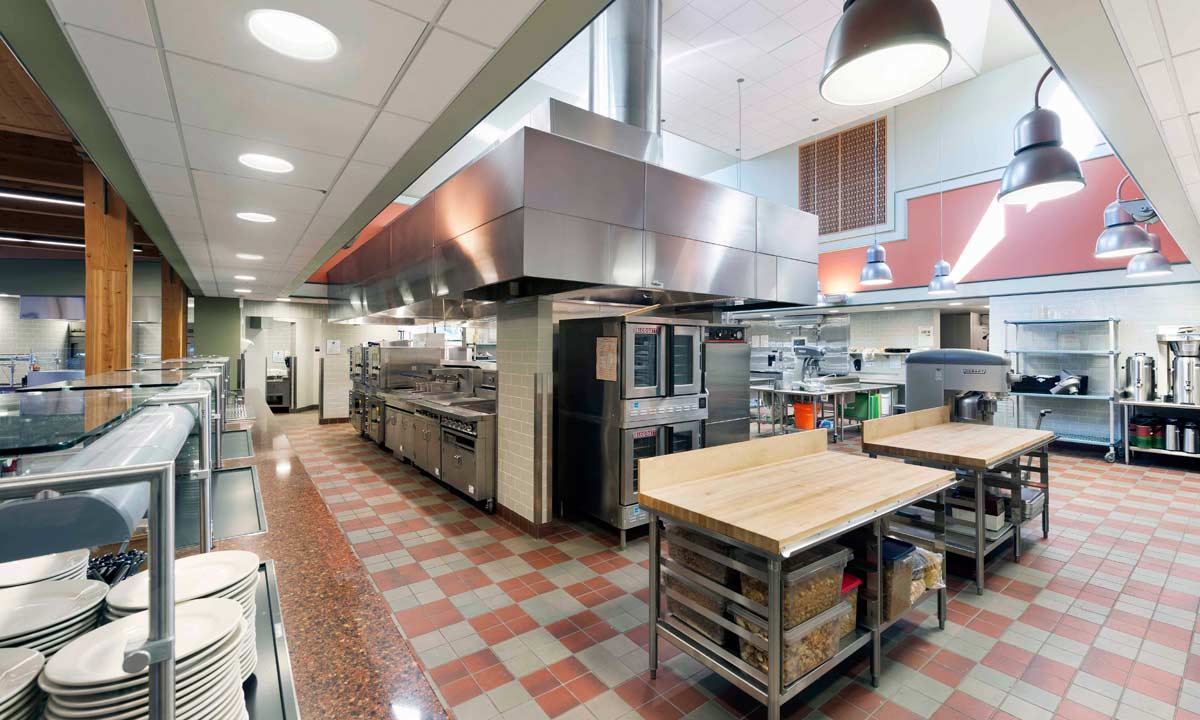 Lastly, a well-designed institutional kitchen should prioritize safety and hygiene. This includes
proper ventilation and lighting
to prevent accidents and promote a clean and sanitary environment. Adequate storage and waste management systems should also be in place to maintain the freshness and quality of ingredients.
In conclusion, designing an institutional kitchen requires careful consideration of various factors to ensure functionality, efficiency, and safety. By understanding the specific needs of the institution, optimizing the layout, choosing the right equipment, and prioritizing safety and hygiene, a well-designed kitchen can greatly contribute to the success of the establishment.
Lastly, a well-designed institutional kitchen should prioritize safety and hygiene. This includes
proper ventilation and lighting
to prevent accidents and promote a clean and sanitary environment. Adequate storage and waste management systems should also be in place to maintain the freshness and quality of ingredients.
In conclusion, designing an institutional kitchen requires careful consideration of various factors to ensure functionality, efficiency, and safety. By understanding the specific needs of the institution, optimizing the layout, choosing the right equipment, and prioritizing safety and hygiene, a well-designed kitchen can greatly contribute to the success of the establishment.







